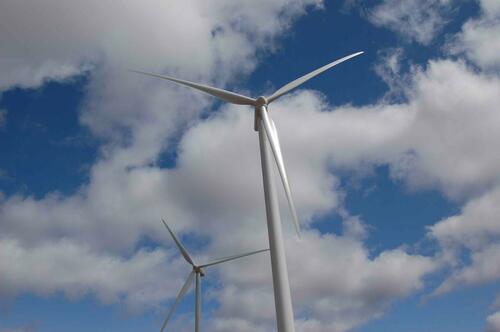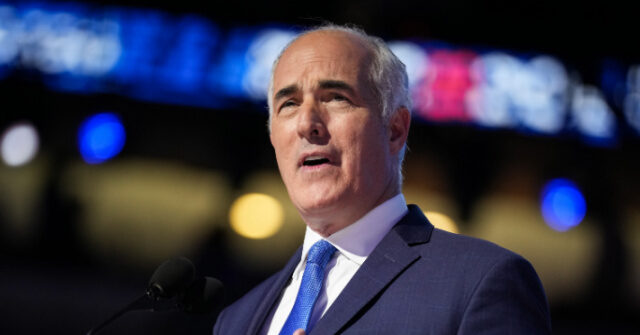
Kamala Harris’s 2024 bid for the White House was met with high expectations but ultimately resulted in a resounding defeat. Her campaign strategies, media approach, and messaging choices are seen as pivotal in alienating core constituencies while also failing to resonate with the broader American electorate. A major blunder was her campaign’s inability to connect with white men and key segments of her base, such as white women and Hispanic voters. Her focus on social issues, particularly trans rights and abortion, took precedence over concerns like illegal immigration and economic uncertainty. In doing so, her campaign minimized issues that many voters felt more acutely in their daily lives. This perceived disconnect eroded trust and contributed to the impression that her policies did not prioritize their concerns.
Although polls showed that voters felt that Donald Trump would be more competent at managing the economy and immigration, Kamala allowed identity politics and social issues to become the definitive features of her campaign. She mistakenly thought that pandering to a coalition of far-left activists, who want to “dismantle the patriarchy,” was a path to victory, but the election results have shown that their influence was exaggerated. Unlike Donald Trump, she was inept at appreciating that traditional media sources were being overtaken by alternative channels that captured more viewers. If she had been as attuned to these changes, she would have recognized that the tide was turning against progressive tropes.
Harris’s choice to avoid high-profile interviews and unscripted conversations distanced her from potential supporters. Her reluctance to engage with non-traditional media, such as popular podcasts hosted by figures like Joe Rogan, contrasted sharply with Donald Trump’s media approach. Trump’s willingness to engage directly on such platforms bolstered his image as relatable and accessible. Harris’s reliance on the legacy media missed a valuable opportunity to connect with an increasingly diverse audience that seeks information outside traditional channels. However, when she did appear on an alternative channel, it was none other than the sensational “Call Her Daddy” podcast where she discussed reproductive rights and other over-hyped left-wing issues.
Another sore point for Harris’s campaign was the slogan, “Turn the Page,” which struck some as incongruent, given that her party held power. While the phrase aimed to inspire progress, it inadvertently signaled a lack of confidence in her administration’s current direction. For many, it seemed to imply dissatisfaction with the Democratic leadership’s achievements, undermining her position as a continuity candidate. This mixed message may have confused or alienated voters who expected a clear, forward-looking vision. Left-wing writer Owen James notes in a post-mortem of the campaign that he was impressed by the energy exuded by Trump’s supporters who could articulate an explicit message for the country. During his visit to the United States, he observed that Harris’s campaign was faltering because it lacked a sense of direction, and her defeat has proven that this analysis to be accurate.
Additionally, Harris overestimated the impact of endorsements and traditional media influence. Relying on figures like Liz Cheney and Dick Cheney, whose neoconservative policies are viewed critically by both sides of the political spectrum, was a critical misstep. Instead of broadening her appeal, these endorsements likely fueled skepticism and disconnected her from both progressive and moderate voters. Further, her support from entertainment figures did little to sway undecided voters, signaling a miscalculation in the importance of celebrity influence in the political arena. Indeed, embracing the endorsements of Diddy-linked celebrities exposed her as a hypocrite who only gives lip-service to protecting the victims of sexual assault.
Conversely, in contrast to Trump’s multi-racial coalition, which tapped into diverse concerns, Harris’s campaign doubled down on social issues like diversity, equity, and inclusion. While these issues attracted an audience, an overemphasis on them may have sidelined the economic, immigration, and security concerns that resonate broadly across racial and ethnic groups. This singular focus likely contributed to her failure to galvanize the broader coalition needed for victory. Her opponent instead penetrated minority communities with his message and even gained the confidence of Muslim Americans who think that a Trump Presidency will guarantee peace in the Middle East.
Harris’s campaign also struggled to win over male voters. Her targeted advertisements, intended to energize men, were often viewed as awkward or “cringe,” failing to present an authentic message. This lack of connection left many male voters feeling overlooked or underrepresented in her platform, thereby contributing to her loss. Kamala Harris’s defeat in 2024 was shaped by an accumulation of strategic missteps.
Her approach alienated key demographic groups, relied on outdated media channels, and leaned on endorsements from polarizing figures. By focusing her campaign on polarizing social issues, she missed an opportunity to build a broader coalition. Ultimately, her lack of adaptability in a rapidly changing political landscape, where voters increasingly turn to diverse and alternative sources, cemented her loss. Yet the primary lesson of this defeat is that Democrats are so out-of-touch that they won’t develop the awareness to understand why they lost to Trump.
Originally Posted at https://mises.org/






